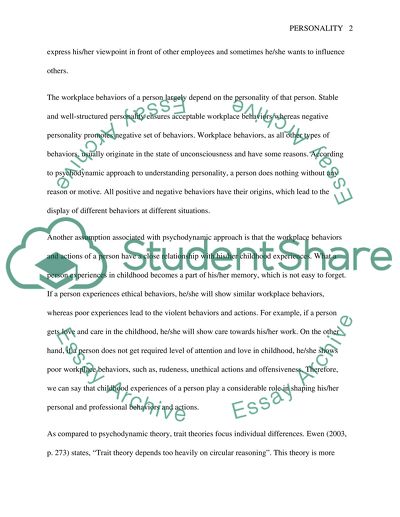Cite this document
(“What is personality according to Sigmund Freud Essay”, n.d.)
Retrieved from https://studentshare.org/psychology/1395602-what-is-personality-there-are-four-questions-to
Retrieved from https://studentshare.org/psychology/1395602-what-is-personality-there-are-four-questions-to
(What Is Personality According to Sigmund Freud Essay)
https://studentshare.org/psychology/1395602-what-is-personality-there-are-four-questions-to.
https://studentshare.org/psychology/1395602-what-is-personality-there-are-four-questions-to.
“What Is Personality According to Sigmund Freud Essay”, n.d. https://studentshare.org/psychology/1395602-what-is-personality-there-are-four-questions-to.


